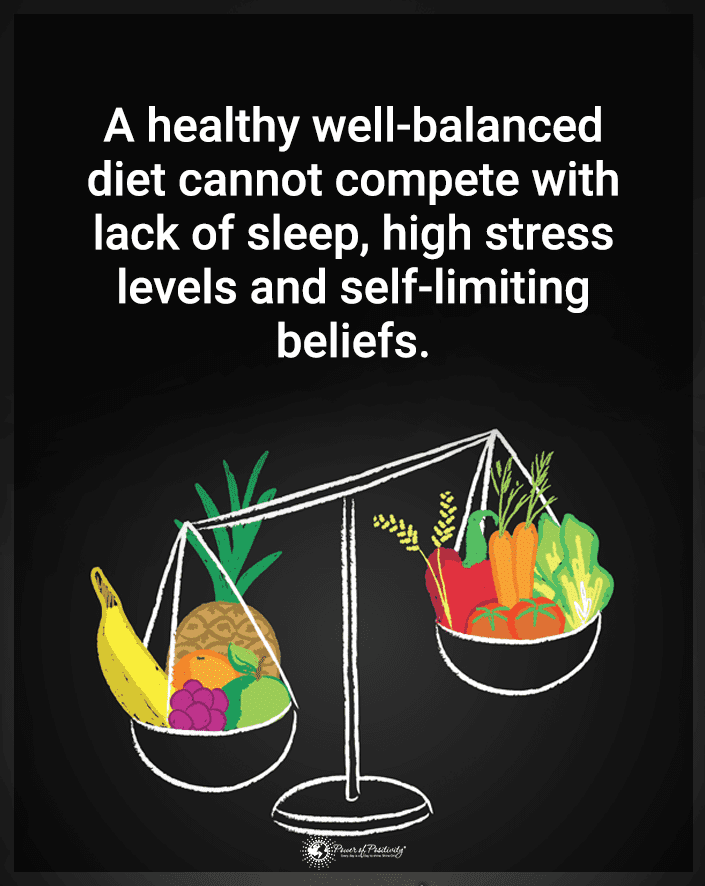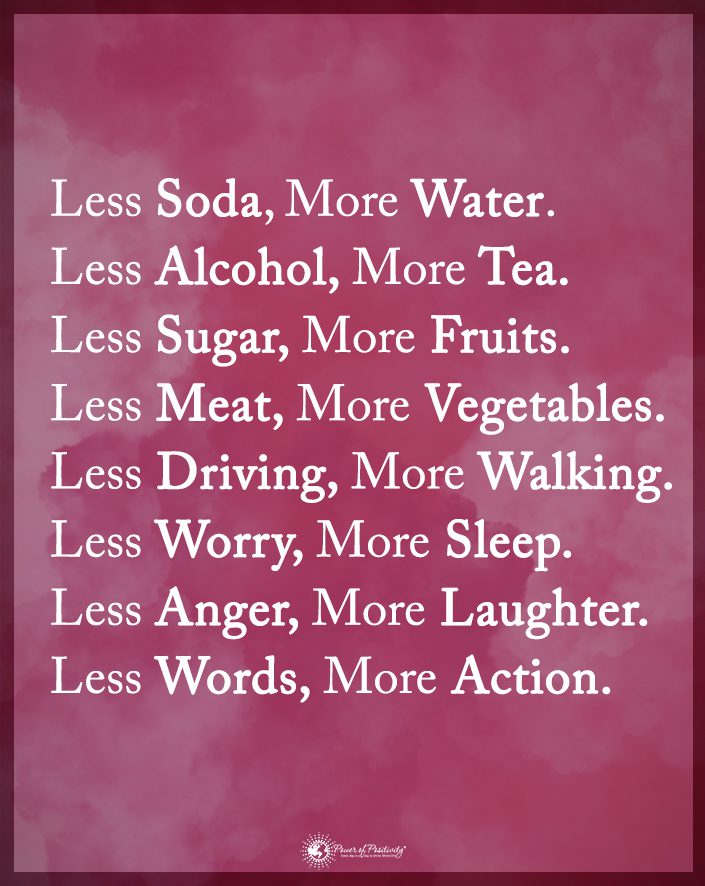When Emily Bhatnagar’s father was diagnosed with stage 4 thyroid cancer, she channeled her grief into establishing a book drive for sick children. Since childhood, Emily found comfort in reading books, as they provided an outlet and escape from reality. As a shy, introverted child, Emily struggled to make friends and turned to books to find a sense of belonging. So, when she learned of her father’s cancer diagnosis, she again relied on one of her favorite pastimes for support.
As she coped with the devastating news as best she could, Emily wanted to honor her father and help others in a similar situation. The then 17-year-old realized that if reading positively impacted her mental health, it could benefit children with cancer. She knew the book donation initiative wouldn’t change her father’s fate but would add much-needed positivity to innocent kids’ lives.
So, in July 2021, she set her idea in motion and began asking for book donations on social media. Initially, she only intended to donate books to pediatric cancer patients. However, she began expanding her operations to include all patients under 18 once she saw the overwhelming need. What started as a grassroots movement has become a nationwide effort that Emily lovingly calls For Love & Buttercup, after her favorite flower.
So far, she’s donated over 15,000 books to children at local hospitals in her home city of Washington, DC, and doesn’t plan on stopping anytime soon.
Emily’s Motivation to Start the Book Donation Initiative to Benefit Children With Cancer

Emily has collected and donated over 15,000 books for children’s hospitals so far and plans to continue this mission.
“Honestly, the book drive came from a place of overwhelming sadness. My father, who’s also my best friend, was diagnosed with stage four thyroid cancer in 2019,” Emily said. “I had spent the last two years absolutely heartbroken and depressed. I spent much of that time alone, reading books and finding comfort in the escape of fictional worlds.” -Emily Bhatnagar
Between caring for her father, attending virtual school due to the pandemic, and helping run her family’s restaurant, Emily had a lot on her plate. Even though she had crippling anxiety and depression due to her father’s illness, she still felt a calling to help children in her community.
“My thought process was essentially, ‘I can’t save him and don’t think I’ll ever make peace with the fact that my dad is dying. My reality might be devastating, but at least I still have the power to change someone else’s reality by brightening their day, even if that’s just a tiny bit. Books helped me, so I’m going to start a book drive for children with cancer.’”
She started the book drive for children in July 2021, almost overnight, with no planning or intention of it going viral. Since Emily suffers from social anxiety, she decided to use a codename on the social networking app Nextdoor to ask for donations.
“Eventually, the book drive actually helped me find happiness again and cope with my father’s illness,” she said.
Overcoming Challenges and Making a Difference
In the beginning, Emily struggled with the logistics of running the book drive, such as how to collect the books. Her 21-year-old brother gladly pitched in, offering to drive her around town to pick up the donations. Eventually, Emily decided the most efficient way of gathering the books was to create an Amazon wishlist and ask donors to send them to her family’s restaurant. That way, she’d have a central location for organizing and distributing the children’s books.
Usually, her brother helps her open boxes at the restaurant while her father accompanies her during deliveries when he feels well enough. Emily says seeing how excited and thankful the children are to receive the books is incredibly rewarding.
“A little over 15,000 books have been donated! I’m so appreciative of all the donations I do receive. The response has completely blown me away!” Emily said.
So far, she’s donated to local hospitals, including the following locations:
- Children’s National in DC (as well as their surrounding units)
- MedStar Georgetown (where her dad was treated for cancer!)
- Inova
- The Children’s Inn at NIH
- A few Holy Cross locations.
While Emily accepts donations for all patients under 18, most books are delivered to children with cancer.

Emily prepares to deliver another round to a local hospital.
Spreading Awareness and Future Plans to Distribute Even More Books
The kindhearted teen purchases most of the books using tip money she earns at her family’s eatery. However, Emily also raises awareness about the book donation initiative through social media and community outreach. She still can’t believe how many strangers have contributed to the mission’s success and feels immense gratitude for their support. She hopes to expand the children’s book drive and has even filed for nonprofit status.
“It would be an absolute dream come true to make For Love & Buttercup into a full-time career. I love doing what I do so much that it doesn’t ever feel like work,” she said.
Impact and Inspiration
Above all else, Emily continues to draw inspiration and courage from her father, who she proudly calls her best friend. They’ve become much closer through the children’s book drive as it’s given them a shared purpose and much-needed distraction from reality. Emily’s also learned to believe in herself and channel her emotions into something positive, something she struggled with in the past. She hopes to donate many more books to DC-area hospitals and eventually reach pediatric patients beyond Maryland.
If you want to help Emily with her mission, she says, “The primary way for people to donate is through my Instagram bio @forloveandbuttercup. The Amazon wishlist is in my bio! They can also DM if they have used books they would like to donate.”

Final Thoughts on How Emily’s Book Drive Helps Sick Children
As she reeled from her father’s thyroid cancer diagnosis, Emily dealt with the heartbreaking news by immersing herself in fiction books. Wanting to help other teens and children undergoing cancer treatment, she created the Emily Bhatnagar book donation initiative. From a young age, she relied on reading to get her through difficult times. Reading gave her a sense of belonging. Providing children with an outlet and promoting literacy through book donations gave the caring teen a renewed sense of purpose. Hopefully, this interview with Emily Bhatnagar will remind you that kind humans still exist and that love and compassion can heal even the deepest wounds.



















